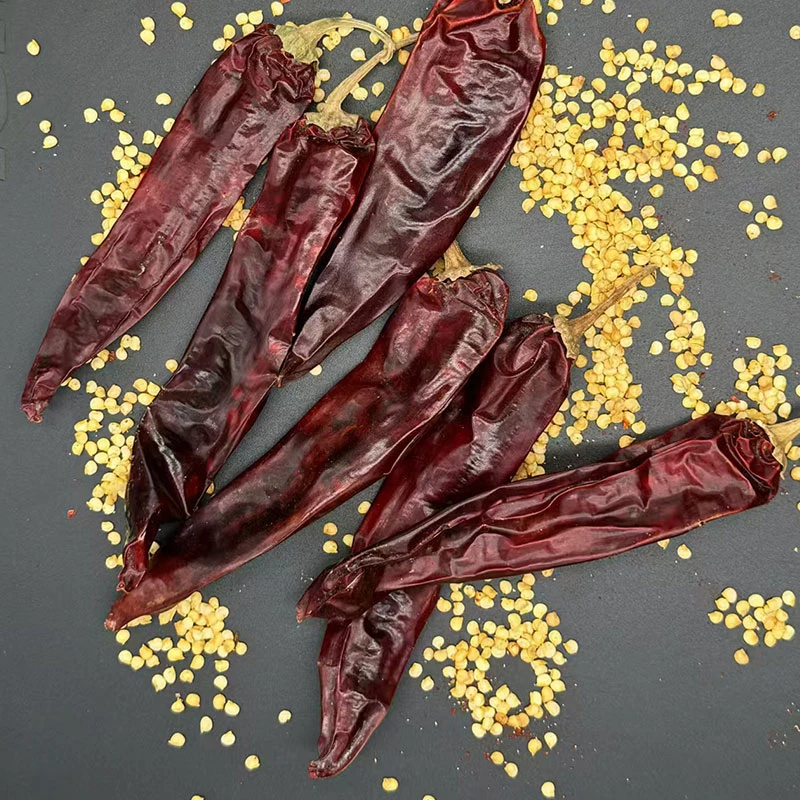- No. 268 Xianghe Street, Economic Development Zone of Xingtai city, Hebei 054001 China
- Byron@hbhongri.cn
cayenne pepper and paprika
The Flavorful World of Cayenne Pepper and Paprika A Culinary Exploration
Cayenne pepper and paprika are two vibrant spices that not only enhance the flavor of countless dishes but also bring a splash of color and a host of health benefits to the table. Though they share some similarities, they each boast unique characteristics that make them indispensable in kitchens around the globe. In this article, we will explore their origins, flavor profiles, health benefits, and culinary applications, ultimately highlighting why these spices deserve a prominent place in your pantry.
Origins and Types
Cayenne pepper, scientifically known as Capsicum annuum, traces its origins to Central and South America. It is made from dried and ground cayenne chilies, known for their fiery heat and striking red hue. This spice has been used for thousands of years, not only to add flavor and heat to various dishes but also for its medicinal properties.
Paprika, on the other hand, is derived from different varieties of Capsicum annuum and is traditionally associated with Hungary and Spain. There are several types of paprika, ranging from sweet to smoky to hot, depending on the variety of peppers used and how they are processed. The sweet version is the most commonly used type and is famous for its mild flavor and vibrant red color, while smoked paprika adds a rich, smoky depth to dishes.
Flavor Profiles
The taste of cayenne pepper is assertive – it is bold, spicy, and can significantly elevate the heat level of a dish. It is often used in small quantities to add heat without overpowering other flavors. The Scoville heat unit (SHU) rating for cayenne pepper typically ranges from 30,000 to 50,000, making it much spicier than paprika.
Paprika, in contrast, is much milder on the palate, typically ranging from 500 to 2,500 SHU in its sweet form. It offers a subtly sweet, sometimes slightly earthy flavor that can enhance the taste of various dishes without overwhelming them. Smoked paprika, on the other hand, provides a savory, subtly smoky essence that can transform a recipe, giving it an unexpected depth and complexity.
cayenne pepper and paprika

Health Benefits
Both cayenne pepper and paprika offer a variety of health benefits, thanks to their rich nutritional profiles. Cayenne pepper is renowned for its active component, capsaicin, which is known to have anti-inflammatory and metabolism-boosting properties. Regular consumption of cayenne may aid in digestion, promote weight loss, and even provide pain relief by acting as a natural analgesic.
Paprika is rich in antioxidants such as vitamins A, C, and E, making it beneficial for overall health. These antioxidants help combat oxidative stress and may contribute to improved eye health and skin health. Additionally, the capsaicin found in paprika, while in smaller amounts than cayenne, still provides some anti-inflammatory benefits.
Culinary Applications
Culinary versatility is one of the standout features of both cayenne pepper and paprika. Cayenne is often found in dishes that require a spicy kick, such as chili con carne, hot wings, and various sauces. It can also be sprinkled onto pizza or mixed into marinades to enhance flavor.
Paprika is beloved for its ability to add both color and flavor to dishes. It is a key ingredient in traditional dishes like Hungarian goulash and Spanish paella. In addition, paprika can be used to season meats, sprinkled over deviled eggs, or blended into dressings and dips. Smoky paprika adds an exciting twist to roasted vegetables, soups, and stews, making it a favorite among chefs seeking to enhance their culinary creations.
Conclusion
Cayenne pepper and paprika are not only integral to various cuisines around the world, but they also offer remarkable health benefits and culinary versatility. Both spices can bring out the best in your dishes, whether through the fiery heat of cayenne or the sweet, subtle flavors of paprika. Incorporating these spices into your cooking can elevate your meals, making them more flavorful, colorful, and healthful. Whether you're adding a dash of cayenne for heat or a sprinkle of paprika for color, these spices will undoubtedly enhance your culinary experience.
-
The Versatile Uses and Benefits of Capsicum Frutescens Oleoresin and ExtractsNewsJun.03,2025
-
Paprika&Chili Products Enhancing Flavor and Wellness in Every BiteNewsJun.03,2025
-
Paprika Extract and Capsicum Applications in Food and IndustryNewsJun.03,2025
-
Exploring the Benefits and Uses of Turmeric Powder and Curcumin ExtractNewsJun.03,2025
-
Discover the Bold Flavor of Premium Chilli Powder from ChinaNewsJun.03,2025
-
Capsicum Oleoresin Extract: A Potent Natural Ingredient in Modern ApplicationsNewsJun.03,2025







